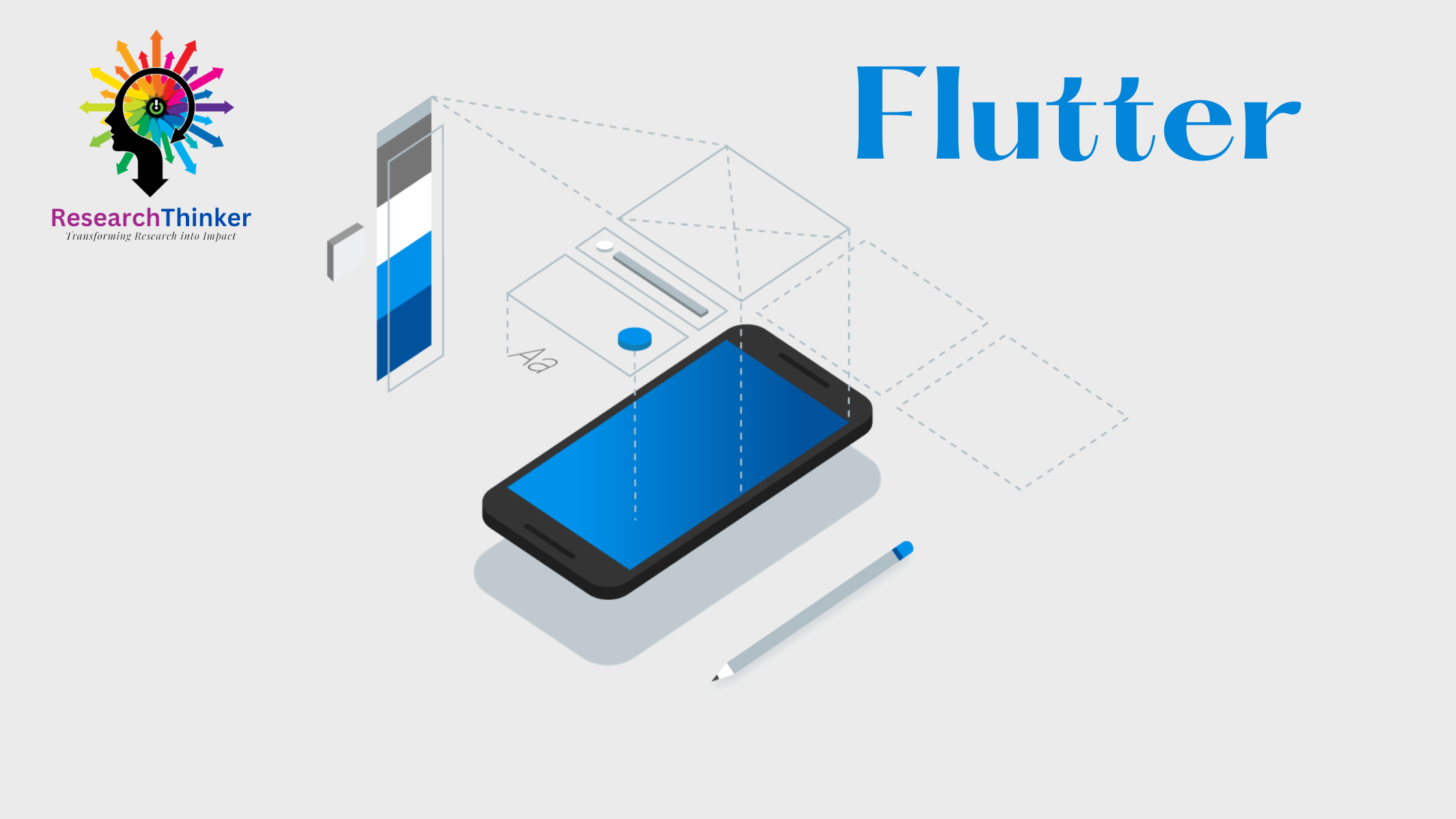- What is Flutter and how does it work?
- Flutter is an open-source mobile application development framework created by Google. It works by using the Dart programming language to create high-performance, visually attractive apps for both Android and iOS platforms.
- What are the advantages of using Flutter?
- Some of the advantages of using Flutter are fast development, high performance, hot reload, expressive and flexible UI, access to native features and SDKs, and a large and growing community.
- What is Dart in Flutter?
- Dart is the programming language used to build Flutter apps. It was created by Google and is optimized for high-performance, modern app development.
- What is StatefulWidget in Flutter?
- A StatefulWidget is a type of widget in Flutter that holds and manages mutable state. It allows developers to create dynamic and interactive user interfaces.
- What is StatelessWidget in Flutter?
- A StatelessWidget is a type of widget in Flutter that is immutable and holds no state. It is used to display static content on the screen.
- What are the differences between StatefulWidget and StatelessWidget?
- StatefulWidget holds mutable state and can change dynamically, while StatelessWidget holds no state and is immutable.
- What is the role of build method in Flutter?
- The build method is the core part of a widget in Flutter. It is responsible for rendering the widget and defining how it will look on the screen.
- What is the difference between hot reload and hot restart in Flutter?
- Hot reload is a feature in Flutter that allows developers to see changes they made in the code in real-time without losing the current app state.
- Hot restart, on the other hand, restarts the entire app and discards the current state.
- What is the difference between main and runApp in Flutter?
- The main function is the entry point of a Flutter app. It is responsible for creating and launching the app. The runApp function is used to render the widget tree to the screen.
- How does Flutter handle screen compatibility across different screen sizes and resolutions?
- Flutter handles screen compatibility by using a flexible layout system that adjusts the UI based on the screen size and resolution. This is done using responsive widgets and layout algorithms that adapt the UI to different screens.
- What is the difference between StatelessWidget and StatefulWidget in Flutter?
- StatelessWidget is immutable and holds no state, while StatefulWidget holds mutable state and can change dynamically.
- What is a StreamBuilder in Flutter?
- A StreamBuilder is a widget in Flutter that takes a Stream and builds a widget tree based on the data received from the stream. It is used to update the UI in real-time based on changes in the data stream.
- What is a FutureBuilder in Flutter?
- A FutureBuilder is a widget in Flutter that takes a Future and builds a widget tree based on the data received from the future. It is used to build widgets based on data that will be available in the future.
- What is the difference between FutureBuilder and StreamBuilder in Flutter?
- FutureBuilder is used to build widgets based on data that will be available in the future, while StreamBuilder is used to build widgets based on real-time data from a stream
- What is a StatefulWidget in Flutter?
- A StatefulWidget is a widget that has mutable state. It can be dynamically updated and redrawn on the screen whenever data changes. StatefulWidget is useful for building dynamic user interfaces, where parts of the UI can change dynamically based on user interactions or data updates.
- What is a StatelessWidget in Flutter?
- A StatelessWidget is a widget that will not change dynamically during the lifetime of the widget. It is immutable and can be optimized for performance by the Flutter framework. StatelessWidget is best used for static parts of the UI that do not need to change during the lifetime of the app.
- What is a Navigator widget in Flutter?
- The Navigator widget is used for navigation between pages or screens in a Flutter app. It provides a stack-based navigation structure, where pages can be pushed onto the stack to move forward in the navigation hierarchy, and popped off the stack to move back.
- How can you implement navigation between pages in a Flutter app?
- Navigation between pages in a Flutter app can be implemented using the Navigator widget. You can use the Navigator.push method to push a new page onto the navigation stack, and the Navigator.pop method to pop the current page off the stack and return to the previous page.
- What is a Stream in Flutter?
- A Stream is a way to communicate data between different parts of a Flutter app, in a reactive manner. A Stream is like a pipe that carries data from one point to another, and components can subscribe to the Stream to receive updates as new data becomes available.
- What is a Future in Flutter?
- A Future is a way to represent a value that may be available at some point in the future. It is used to represent the result of an asynchronous operation, such as a network request, and can be used with the
awaitkeyword to wait for the result of the operation before continuing with other tasks.
- A Future is a way to represent a value that may be available at some point in the future. It is used to represent the result of an asynchronous operation, such as a network request, and can be used with the
Top 20 Flutter Interview Questions and Answers
 researchthinker flutter
researchthinker flutter


